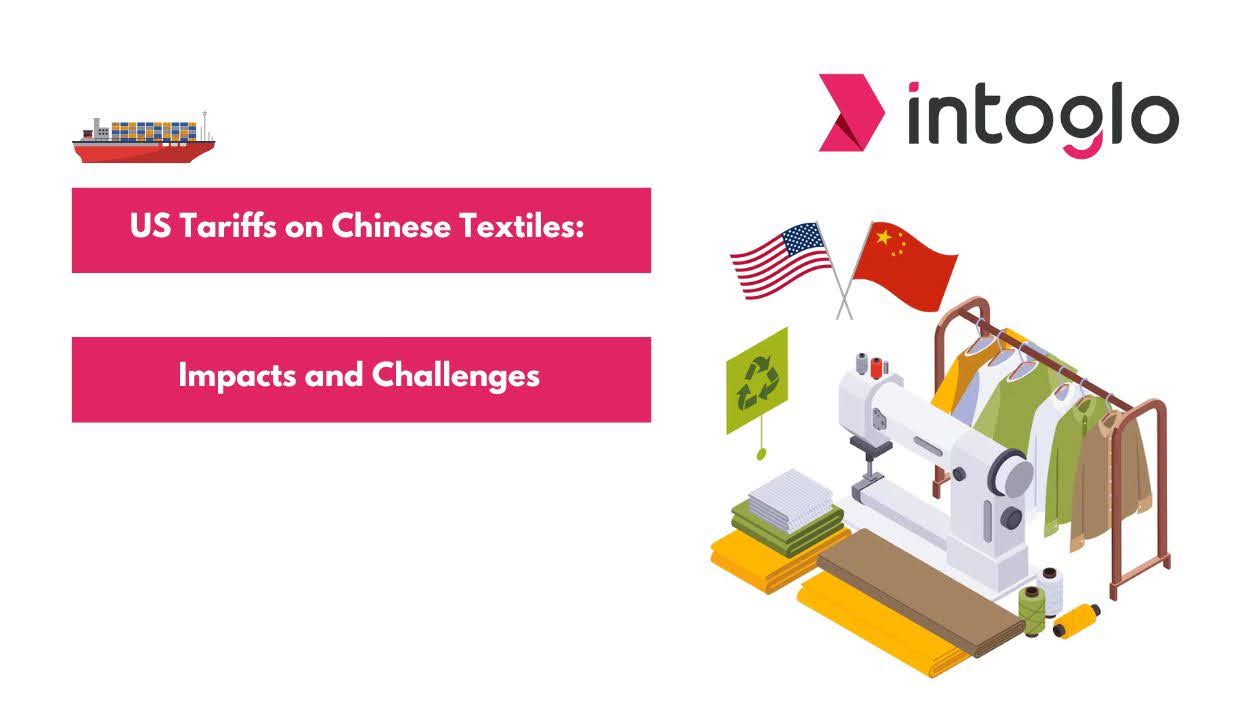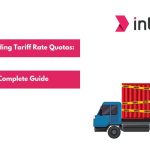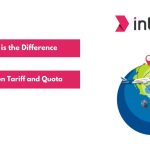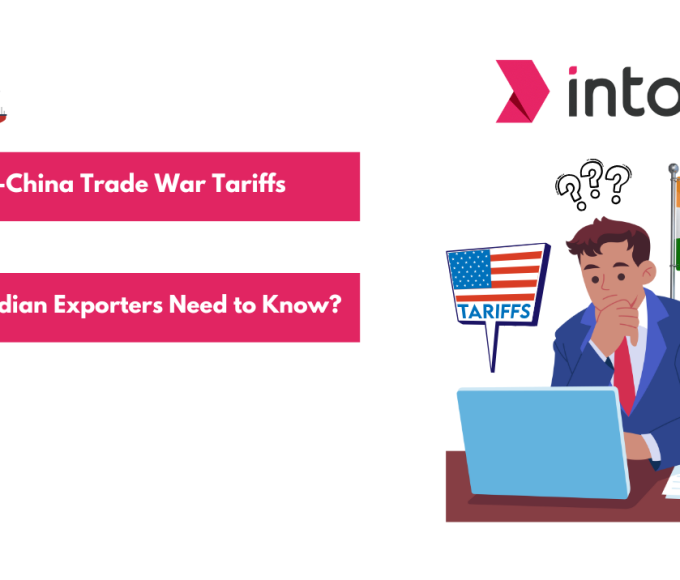Are US tariffs on Chinese textiles set to redefine global supply chains? That’s the question weighing heavily on the minds of apparel industry leaders as the United States enforces a staggering 125% tariff hike on textile and apparel imports from China. In stark contrast, similar goods from other countries face only a 10% duty, creating a dramatic price gap that’s already rippling through the industry.
Effective April 10, under President Donald Trump’s directive, the new tariff structure effectively undermines China’s long-held price advantage, forcing US importers to rethink their sourcing strategies. This means turning to Vietnam, Bangladesh, and other low-cost manufacturing hubs with strong US trade ties for many.
As Chinese textiles become significantly less competitive in the U.S. market, apparel executives are preparing for substantial changes in supplier relationships, sourcing timelines, and overall business strategy.
This big change in tariffs isn’t just about prices but it’s changing how and where businesses buy their products. To understand what’s really happening, let’s take a closer look at the trade relationship between China and the US.
Understanding the China-US Trade Dynamics
The trade relationship between the United States and China plays a pivotal role in shaping global economic dynamics. As the two largest economies in the world, their interactions, though often cooperative, can also be marked by tension and strategic competition.
- In 2024, the total goods trade between the United States and China reached $582.4 billion, highlighting the scale and depth of their economic relationship.
- The United States recorded a trade deficit of $295.4 billion with China in 2024.
- This deficit marked a 5.8% increase compared to the previous year.
New Tariff Structure: Layered Costs on Chinese Imports
Alongside ending the de minimis exemption, the Trump administration introduced a comprehensive new tariff system as part of its “Liberation Day” trade reforms. This system combines a universal base tariff with additional country-specific surcharges, with China facing the highest impact.
Key components of this new tariff system include.
- An extra 34% tariff specifically on Chinese goods, added on top of the existing 20% duty, leading to a total tariff of 54% on many Chinese bulk products, effective April 9, 2025.
- Sector-specific tariffs of 25% on foreign cars, car parts, steel, and aluminum, effective April 3, 2025.
- A new reciprocal tariff of 125% on all Chinese imports, announced on April 9 and is effective April 12. When combined with previous tariffs and sector-specific duties, this brings the total tariff rate to at least 145%. This 145% figure, clarified by the White House on April 10, is a minimum and applies on top of earlier tariffs, including those imposed under Section 301 and other product-specific levies introduced by both the Trump and Biden administrations.
This combination of broad and targeted tariffs reflects a strategic shift in U.S. trade policy to balance trade and boost domestic manufacturing. However, these stacked tariffs significantly increase costs for Chinese exporters and the U.S. companies and consumers who depend on affordable imports.
Understanding this complex tariff framework is crucial to grasping the wide-reaching consequences these measures have on the trade of Chinese textiles.
The Impact of US Tariffs on Chinese Textiles
The steep increase in U.S. tariffs on Chinese textiles has caused major economic losses for China. It has severely impacted China’s textile exports, causing a decline in trade, job losses, and a shift in global supply chains.
1. Surge in Tariffs and Export Pressure
In 2025, the U.S. imposed significant tariffs on Chinese textiles, with rates escalating from 4.4% to 38.4%, marking an 873% increase. This sharp rise has intensified pressure on Chinese exporters, particularly small and medium-sized enterprises (SMEs) in the textile sector.
2. Decline in Exports and Economic Slowdown
China’s textile and garment exports experienced a 4.5% decline in the first two months of 2025 compared to the same period in the previous year. This downturn is attributed to the heightened tariffs, which have made Chinese textiles less competitive in the U.S. market.
3. Employment and Income Effects
The textile industry in China employs a substantial workforce. The reduction in exports has led to decreased production, affecting employment and income levels within the sector. Workers in regions heavily reliant on textile manufacturing are particularly vulnerable to these changes.
4. Shift in Global Supply Chains
U.S. importers are increasingly sourcing textiles from alternative markets such as Vietnam, Bangladesh, and India to mitigate the impact of tariffs. This shift is reshaping global supply chains and reducing China’s dominance in the textile export market.
5. Broader Economic Implications
The tariffs have contributed to a 14% increase in apparel prices in the U.S., affecting consumer spending and retail dynamics. The broader economic impact includes potential inflationary pressures and adjustments in global trade patterns.
For example, Goldman Sachs estimates that a 60% U.S. tariff on Chinese imports would reduce China’s real GDP by roughly 2 percentage points, and the cumulative effect of all recent U.S. tariffs could reduce the U.S. economy’s long-run size by up to 0.6%.
With such high stakes and evolving tariff structures, it’s critical for businesses to accurately classify their goods and calculate duties to avoid costly errors and delays. That’s where Intoglo comes in. Our tool helps you quickly find the right HS codes and tariffs for your products, so you can simplify trade, avoid delays, and stay compliant—all in one easy platform.
These significant impacts highlight the challenges faced by all parties involved, setting the stage for a deeper look into the obstacles confronting stakeholders in this evolving trade environment.
Challenges for Stakeholders Due to US Tariffs on Chinese Textiles
The US tariffs on Chinese textiles have created a complex web of challenges for stakeholders across the global supply chain, with implications for pricing, compliance, and market dynamics. Below is an analysis of key challenges supported by recent data and industry trends.
1. US Importers and Retailers
For US importers, the primary challenge lies in managing the increased cost of imports, which impacts their pricing strategies and profit margins. Many businesses have been forced to reevaluate their supply chains, looking for ways to source textiles from countries outside of China while maintaining cost-effectiveness.
2. Chinese Exporters Face Growing Setbacks
- Diminishing Market Competitiveness: With U.S. tariffs reaching up to 114% on high-end items like cashmere jerseys and 129% on specialized apparel, Chinese textile products are becoming increasingly unviable for American buyers. These steep duties are pricing Chinese exporters out of a key market.
- Export Decline in Motion: China witnessed a 7.6% year-on-year drop in textile exports in 2023, and the trend shows no signs of reversing. Global buyers are actively diversifying their sourcing, turning to more affordable alternatives such as Vietnam and Bangladesh.
- Underlying Structural Weaknesses: China’s textile sector is grappling with deep-rooted issues—rising labor costs, supply chain inefficiencies, and a significant dependence on imported raw materials. For instance, Vietnam still sources 36% of its textile inputs from China, underlining the interdependencies and the strain on upstream operations.
Additionally, the uncertainty surrounding future tariff changes makes long-term planning difficult for both Chinese and non-Chinese exporters. As the trade war continues to evolve, businesses must remain agile and ready to adapt to new tariffs and regulations that could arise at any time.
Also Read: You can check out our blog on HS Code 62034231 for Men’s Trousers and Tariffs to learn more about the classification and tariff details for trousers.
Amid these challenges, businesses in the textile sector are adopting new strategies to adjust to the changing trade environment and protect their market positions.
Strategic Adaptations in Response to US Tariffs on Chinese Textiles
To succeed in this shifting trade environment, exporters must adopt strategic adaptations. A few key strategies can help mitigate risks and maximize opportunities.
- Diversify Product Lines: Exporters are expanding their product portfolios to include a broader range of textile goods. This strategy reduces reliance on high-tariff categories and allows access to different market segments, thereby spreading risk and potentially increasing market share.
- Improve Compliance and Technology Use: Investing in technology to streamline compliance with U.S. customs regulations is becoming increasingly important. Advanced tools for accurate product classification and tariff calculation help prevent delays and penalties, ensuring smoother trade operations.
- Strengthen Buyer Relationships: Building transparent and long-term partnerships with U.S. importers fosters stable demand and facilitates smoother negotiations on pricing and delivery terms. Strong relationships can also lead to collaborative problem-solving in the face of regulatory changes.
- Optimize Logistics: Efficient and reliable logistics are crucial for managing costs and meeting delivery deadlines amid fluctuating tariffs and regulations. Streamlining supply chain operations and exploring alternative shipping routes can enhance resilience against trade disruptions.
Need help classifying your products or estimating duties? Try Intoglo’s HS Code Scanner—your all-in-one solution for accurate classification, tariff estimates, and trade compliance.
Conclusion
The US tariffs on Chinese textiles have introduced new challenges and shifts in global trade. While these changes have disrupted traditional supply chains, they also create openings for exporters to meet growing demand in the US market. By using technology, ensuring regulatory compliance, and building strong relationships with importers, businesses can successfully adapt to the evolving trade scenario.
Moreover, for exporters looking to navigate the challenges of US tariffs and streamline their cross-border trade, Intoglo offers tech-enabled logistics solutions, advanced compliance tools, and seamless customs clearance support.
Why Choose Intoglo?
Whether you’re new to exporting or an experienced business seeking reliable shipping solutions, Intoglo provides a seamless and efficient experience.
- Transparent, no-hidden-fee pricing
- AI-powered HTS code scanning
- Door-to-door FCL Shipping
In a world shaped by the U.S.-China trade war and evolving global trade dynamics, Intoglo’s expertise ensures your goods reach the U.S. market smoothly and confidently.
Amid the ongoing U.S.-China trade tensions and shifting global trade dynamics, Intoglo offers the clarity and expertise you need for hassle-free international shipping to the USA.
Ready to simplify your India-to-USA shipments? Get in touch with Intoglo’s expert team for streamlined, reliable logistics solutions tailored to your business.
FAQs
Q1. What is the US tariff on China textiles?
Many apparel and textile business leaders in the US are facing growing concerns due to the sharp increase in import duties. Currently, US tariffs on Chinese textiles have soared to 145%, while similar products from many other countries face tariffs of just 10%. This dramatic hike is part of a broader strategy by the White House aimed at reviving domestic manufacturing and reducing reliance on Chinese imports.
Q2. Will textiles be affected by tariffs?
Yes, textiles are significantly impacted by the latest tariff measures. The 2025 US tariffs on Chinese textiles are expected to disproportionately raise prices in the apparel and footwear sectors. In the short term, consumers may see shoe prices increase by 15% and apparel prices by 14%. Over the long term, these prices are projected to remain elevated—up to 19% higher for shoes and 16% for clothing—due to ongoing tariff effects.
Q3. What is the current U.S. tariff rate on Chinese goods?
As of now, the average U.S. tariff on Chinese imports is 51.1%, according to the Peterson Institute for International Economics (PIIE). This rate applies across nearly all categories of goods.
Q4. Are all Chinese textiles subject to the same US tariffs?
No, US tariffs on Chinese textiles vary depending on the specific type of textile product, its classification under the Harmonized System (HS) codes, and ongoing trade policies.
Q5. Can US businesses avoid paying tariffs on Chinese textiles?
Some US businesses may use trade agreements, sourcing alternatives, or tariff exemptions to reduce costs, but generally, US tariffs on Chinese textiles apply to most imports from China unless otherwise specified.









Leave a comment